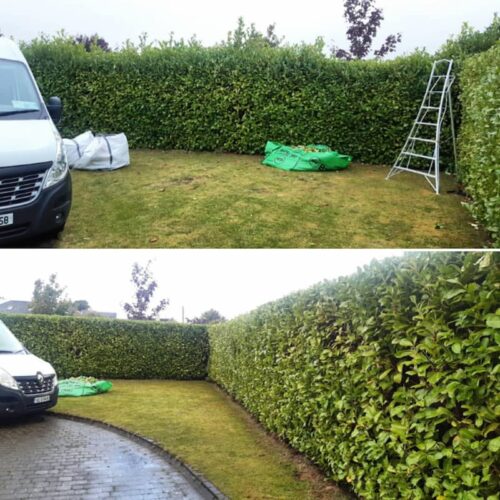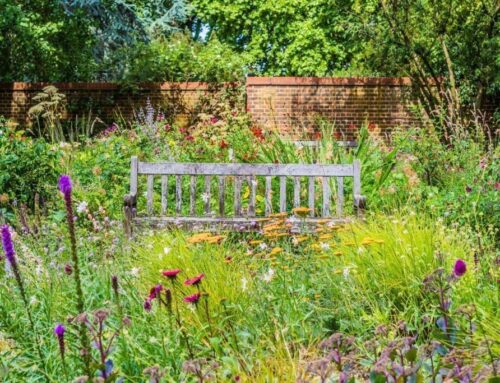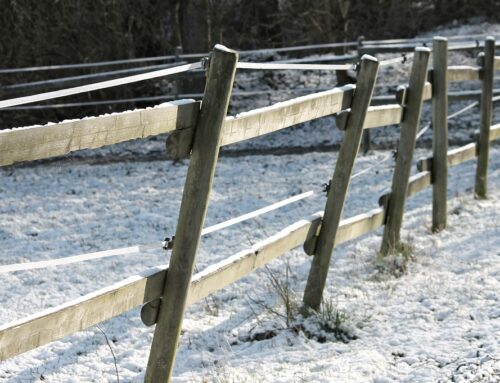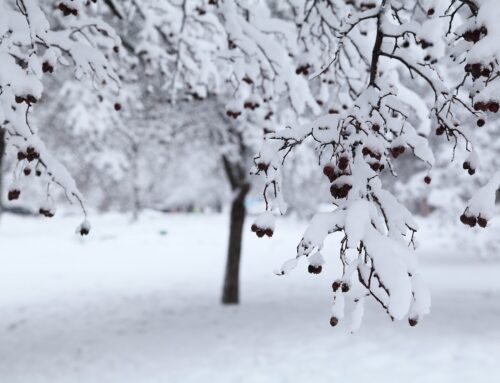Cherry Laurel (Prunus Laurocerasus Rotundifolia) makes a perfect hedge to grow, offering you protection and privacy. It is evergreen, reliable, fast growing and grows in most soil conditions.
What is now a very common sight in the gardens around Ireland and the Uk, Cherry Laurel was first introduced into England in 1576 from north-eastern Turkey where it is native.
Although Prunus laurocerasus takes its name from the Laurus nobilis family (Bay tree) it is not related. The naming derives from the similarity of its foliage to the Bay tree. Due to being a look-a-like it was often used along side true Laurus leaves to make laurel wreaths for the victorious.
7 Reason to use Cherry Laurel as your hedge
When choosing what type of hedging to plant there are many things to take in to consideration, here are my top 7 reasons to go with Cherry laurel.
- The green glossy leaves are evergreen and provide you with cover and protection all year round as well as reflecting sunlight which brightens your garden.
- They have a fast growth rate of up to 60cm per year in ideal conditions. This means your hedge will fill out fast.
- It will grow in most soil conditions as long as it is moist but well-drained.
- Cherry laurel is drought resistant which is perfect for our increasingly dry summers in Ireland and the UK.
- Prunus doesn’t mind the cold so even the worst our winters can throw at it won’t have any effect.
- Prunus Laurocerasus “Rotundifolia” produces creamy white flowers on erect racemes that have a delicious sweet smell which is popular with bees and hover flies.
- The thick glossy leaves produce a dense hedge which is perfect when grown as a barrier to road noise pollution.
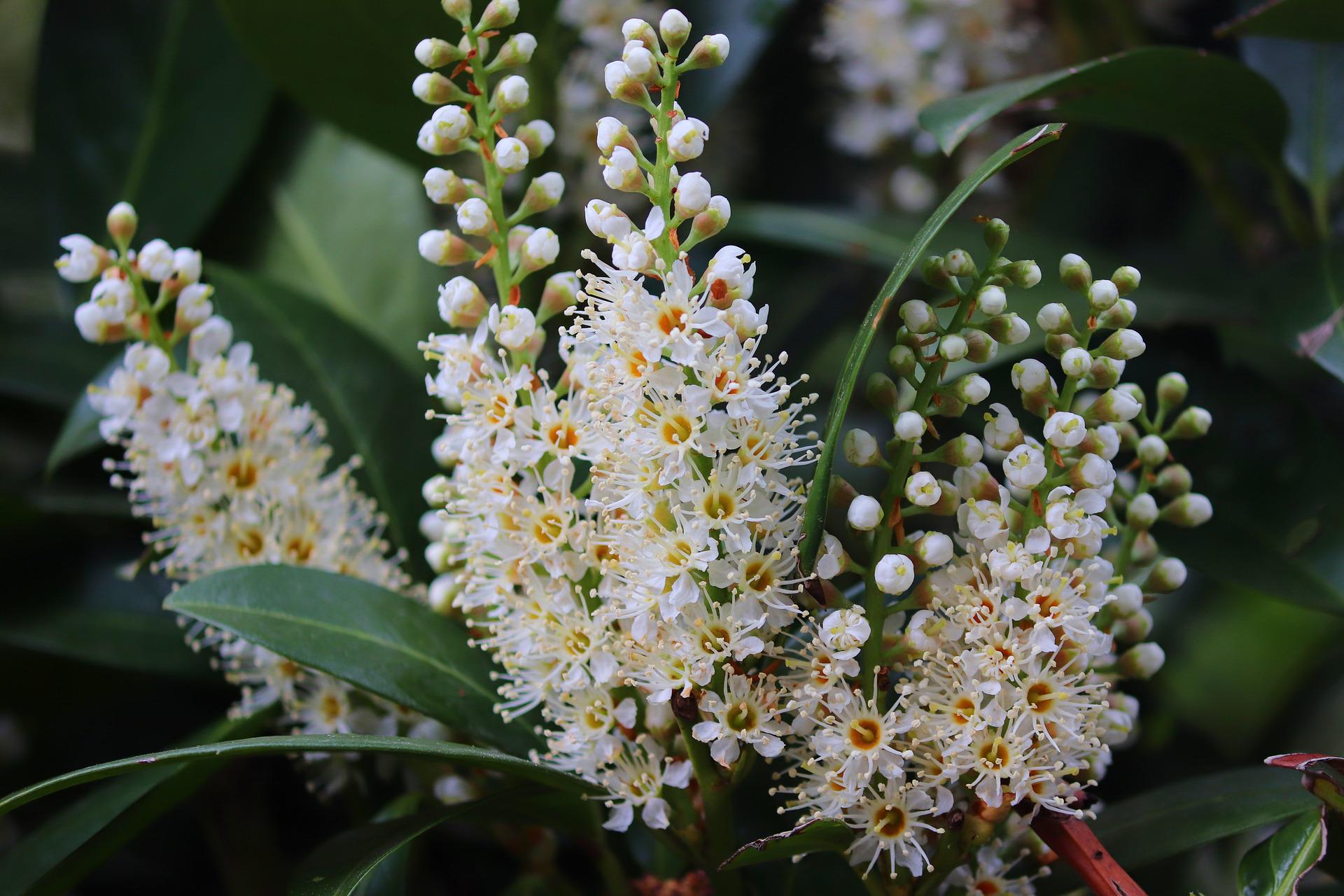
Cherry laurel planting, maintenance and problems
The secret to a good looking hedge is correct planting and having a maintenance schedule in place. Left un-clipped, cherry laurel plants will form small bushy trees up to 5 metres tall.
When planting a new hedge spacing is important, I would recommend that you plant 3 laurels per metre (1 every 12 inches) whilst digging in a good feed of bone meal in to the planting hole.
For more established hedges a good feed in the spring of simple chicken manure pellets, or a balanced fertilizer such as Growmore.
Pruning of laurel is best done twice a year. The first trim should be done around late April to May, this will allow for the flowers to have finished. A second light trim can be done in late August to September just to keep the shape and form of the hedge in check. If you are not concerned about the flowers then pruning can be done at any time of year but best to avoid the hottest period of July and early August.
Cherry laurels are considered to be a pretty tough evergreen plant although it can suffer from powdery mildew and leaf spot fungi, these are mainly cosmetic problems.
The only caution I would give is that all parts of the laurel are toxic when ingested though there has never been a recorded case of poisoning it is worth keeping in mind.
So there you have it, Cherry Laurel is good to grow and is pretty much perfect for all hedging situations. If you would like a hedge planting or need help maintaining an existing why not get in touch.

